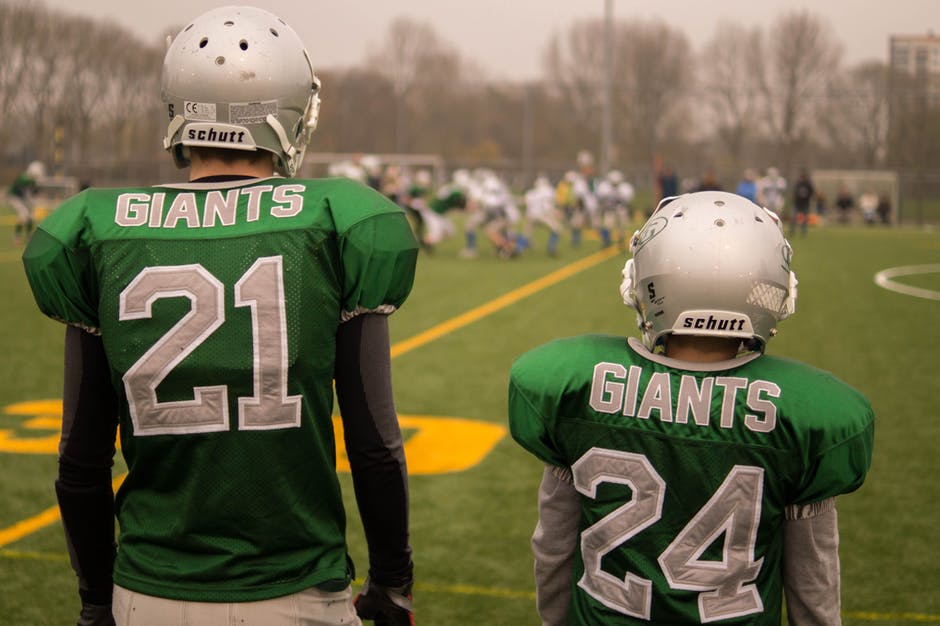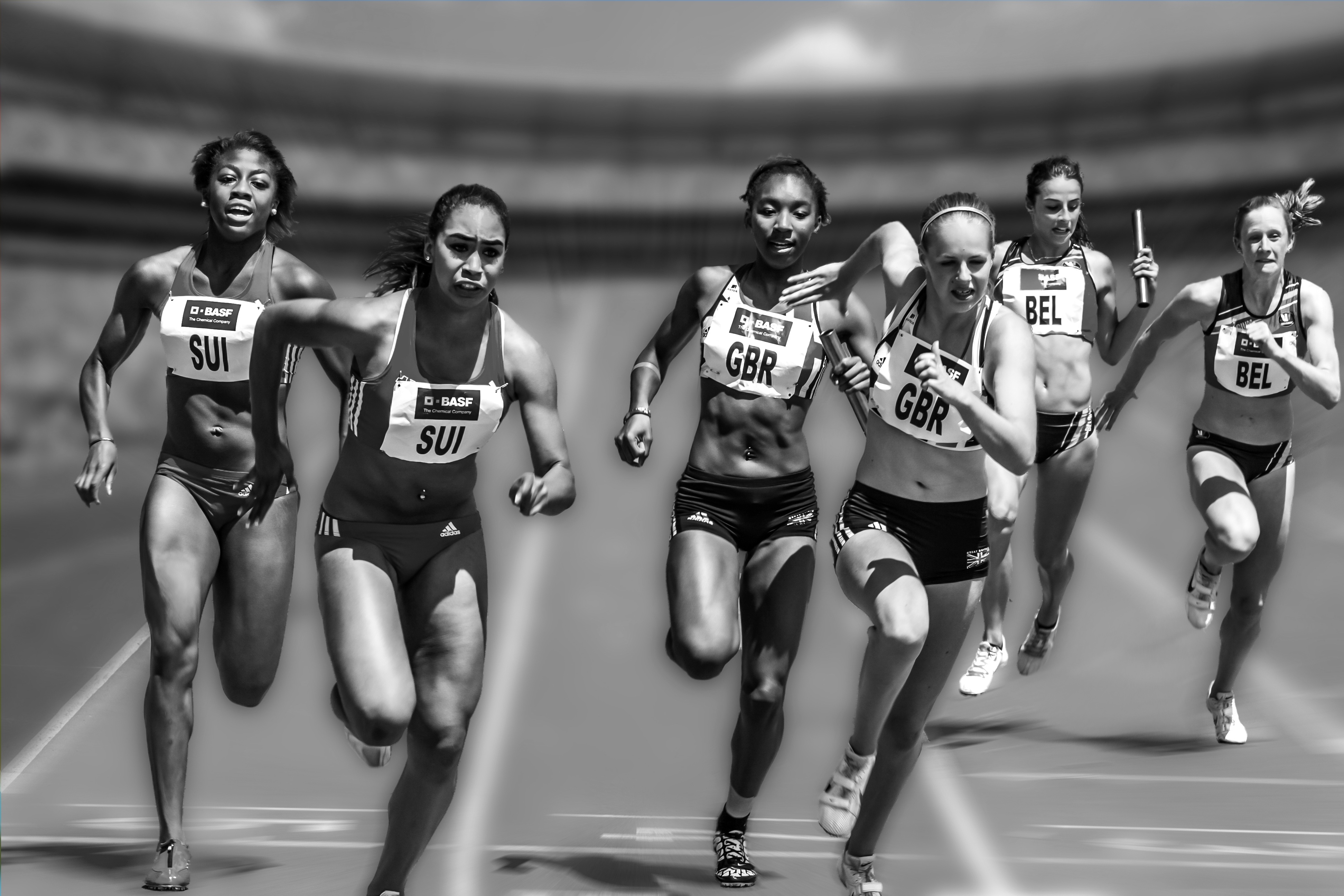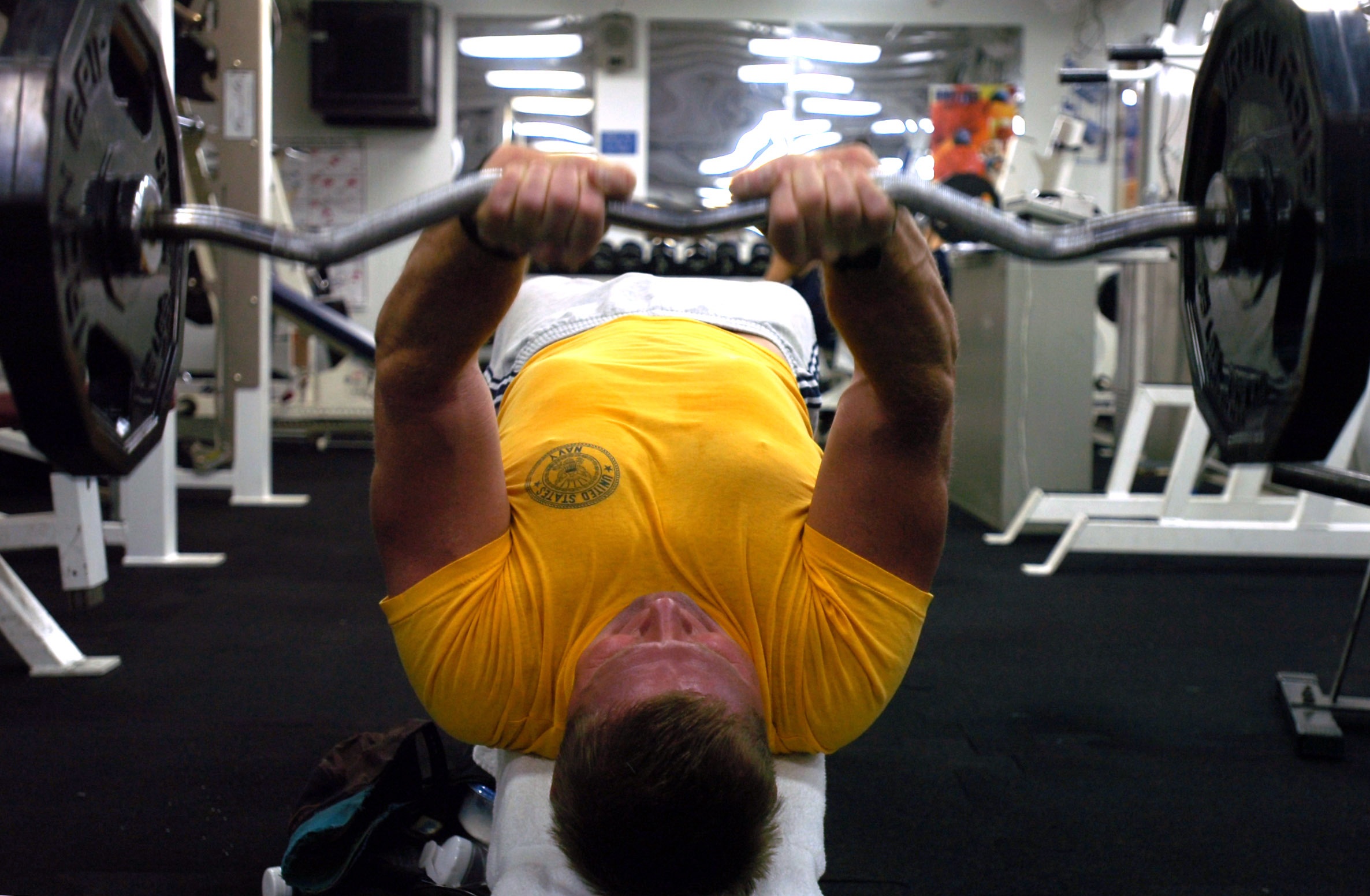Periodically I post on social media about the value of the big five movements in a strength and conditioning program. These five movements are the press, pull, row, squat, and Olympic lift. The gist of my posts is that you can’t go wrong if you base your athletic strength and conditioning programs around those five movements.
Now, when I post this I invariably get comments from people who are concerned about the lack of variety. Or the lack of magic exercises. Or the lack of exercises focused on prehab, of glute activation, or insert your favorite pet peeve here.
There are several reasons that I like basing a program around these five movements. First, between them all every muscle and joint in the body has been trained. Think about it: presses hit the chest, shoulders, and triceps; rows hit the back and biceps; pulls hit the glutes, lower back, hamstrings; squats hit just about every muscle from the core down; the Olympic lifts train everything; and every exercise mentioned trains the core to some extent. So, you’ve trained the entire body with five exercises which is a great use of the athlete’s limited training time!
Second, these are mostly very functional exercises for an athlete. By that I mean that each of these are exercises that require multiple areas of the body to work together to execute the exercise – just like in sports. In addition, most of the exercises (with the exception of some presses and rows) are performed standing up.
Third, there is tremendous variety inherent in these movements. The table below gives you a better idea of what is possible. As you can see, without too much trouble you can come up with a lot of variations to keep things interesting.
| Movement | Variations |
| Squats | Back squats
Front squats Overhead squats Zercher squats Kettlebell squats Squats with bands/chains Eccentric squats Pause squats |
| Pulls | Deadlifts
Partial deadlifts Romanian deadlifts Good mornings Pause lifts Eccentric lifts Pulls with chains Back raises Reverse hyperextensions |
| Presses | Bench press
Incline press Decline press Standing press Behind the neck press Seated press Presses with dumbbells Presses with kettlebells |
| Rows | Bent-over rows
Seated rows Dumbbell rows Kettlebell rows Pull-ups Pull-downs |
| Olympic lifts | Power cleans/snatches
Full cleans/snatches Hang cleans/snatches Clean/snatch pulls Cleans/snatches with dumbbells Cleans/snatches with kettlebells Split jerks Push jerks Power jerks Jerks with dumbbells or kettlebells |
Finally, between them these exercises train hypertrophy, maximal strength, and power. All of these qualities are critical to sports success!
So, what does this look like in real life? We don’t really base programs around these exercises do we? Below are some real examples using sprinters and hurdlers.
High School Athletes:
Below is a sample week of workouts for a high school sprinter/hurdler. This is from the first mesocycle of training, so the focus is on building the athlete’s base. I always organize training around a maximal strength day, a power day, and (if necessary) a hypertrophy day. As you can see the workouts are geared around presses, rows, pulls, squats, and Olympic lifts with a lunge thrown in.
Session 1:
Back squats, 3×8-12@70-80%
Romanian deadlifts, 3×8-12
Bench press, 3×8-12@70-80%
Bent-over rows, 3×8-12
Military press, 3×8-12
Session 2:
Power clean, hang, above the knee, 3×4-6@60-70%
Clean pulls, hang, knee, 3×4-6@60-70%
Push jerk, 3×4-6@60-70%
Session 3:
Front squats, 3×8-12@60-70%
Lunges, 3×12-15 each leg
Good mornings, 3×12-15
Dumbbell bench press, 3×12-15
Pull-ups, 3xMax
Seated dumbbell shoulder press, 3×12-15
Next is a sample week of workouts from the same athlete’s competition phase, this is after months of training. Our focus is still on presses, rows, pulls, squats, and Olympic lifts.
Session 1:
Clean pulls + power clean, 3×3+2@75-80%
Back squats, 3×4-8@80-85%
Romanian deadlifts, 3×4-8
Bench press, 3×4-8@80-85%
Session 2:
Snatch pulls + power snatch, 3×3+2@75-80%
Dumbbell pulls + dumbbell power cleans, 3×3-4+3-4
Deadlifts, 3×3-6@80-85%
One-arm dumbbell rows, 3×6-10 each arm
Session 3:
Power clean + front squat, 3×2-3+3-4@70-80% of power clean
Snatch pulls, 3×2-3@0-80%
Elite Athletes:
Now let’s fast forward a lot of years and look at an elite sprinter’s workouts. Again, this is a real program. This is a sample week of workouts from the beginning of this athlete’s training year. As you can see, the exercises are more advanced but we still have the same core focus.
Session 1:
Back squats, 3×4-8@80-90%
Romanian deadlifts, 3×4-8
Bench press, 3×4-8@80-90%
Bent-over rows, 3×4-8
Military press, 3×4-8
Session 2:
Split snatches, 3×3-4@60-70% each leg
Power clean, 3×3-4@60-70%
Clean pulls, 3×4-6@70-80%
Session 3:
Split squats, 3×4-6@70-80% each leg
Back raises, 3×12-15
Dumbbell incline press, 3×4-8
Pull-ups, 3×4-8
Kettlebell press, 3×4-8 each arm
During the competition season, that athlete’s workout looks like this for one of our mesocycles. Again, the core focus is the same, we’re built around presses, pulls, rows, squats, and Olympic lifts.
Session 1:
Split clean + split squats, 3×3+6-10@70-80% of split clean on each leg
Front squats, 3×4-8@75-85%
Romanian deadlifts + Behind back medicine ball throw, 3×6-10 + 5 throws
Dumbbell bench press + medicine ball chest pass, 3×4-8+5 throws
Session 2:
Snatch-grip deadlift + snatch pulls + power snatch, 3×6+4+2@60-70%
Back squats + vertical jump, 3×4-8@75-85% + 5 jumps
Good mornings, 3×6-10
Pull-ups, 3×4-8
So as you can see, you get a lot of mileage around these five exercise!
Now, you have to keep in mind that the weight room’s job is to help provide the physical tools for athletic success. The athlete still has to be able to apply those tools. This is where sport practice comes in. But it’s also where speed training, agility training, and plyometrics all come in. To me, those three (speed, agility, plyos) are about learning to apply the physical tools developed in the weight room. Think about it, squats and pulls develop larger and stronger legs. Olympic lifts teach using that strength quickly. Speed training teaches the application of force, quickly, when running forward. Agility teaches the application of force, quickly, in multiple directions and when slowing down/stopping. Plyometrics teach the fast application of force when jumping or throwing. In other words the weight room provides the base; speed, agility, plyos, and sport training teach the application.
(Revised 5/27/21)




